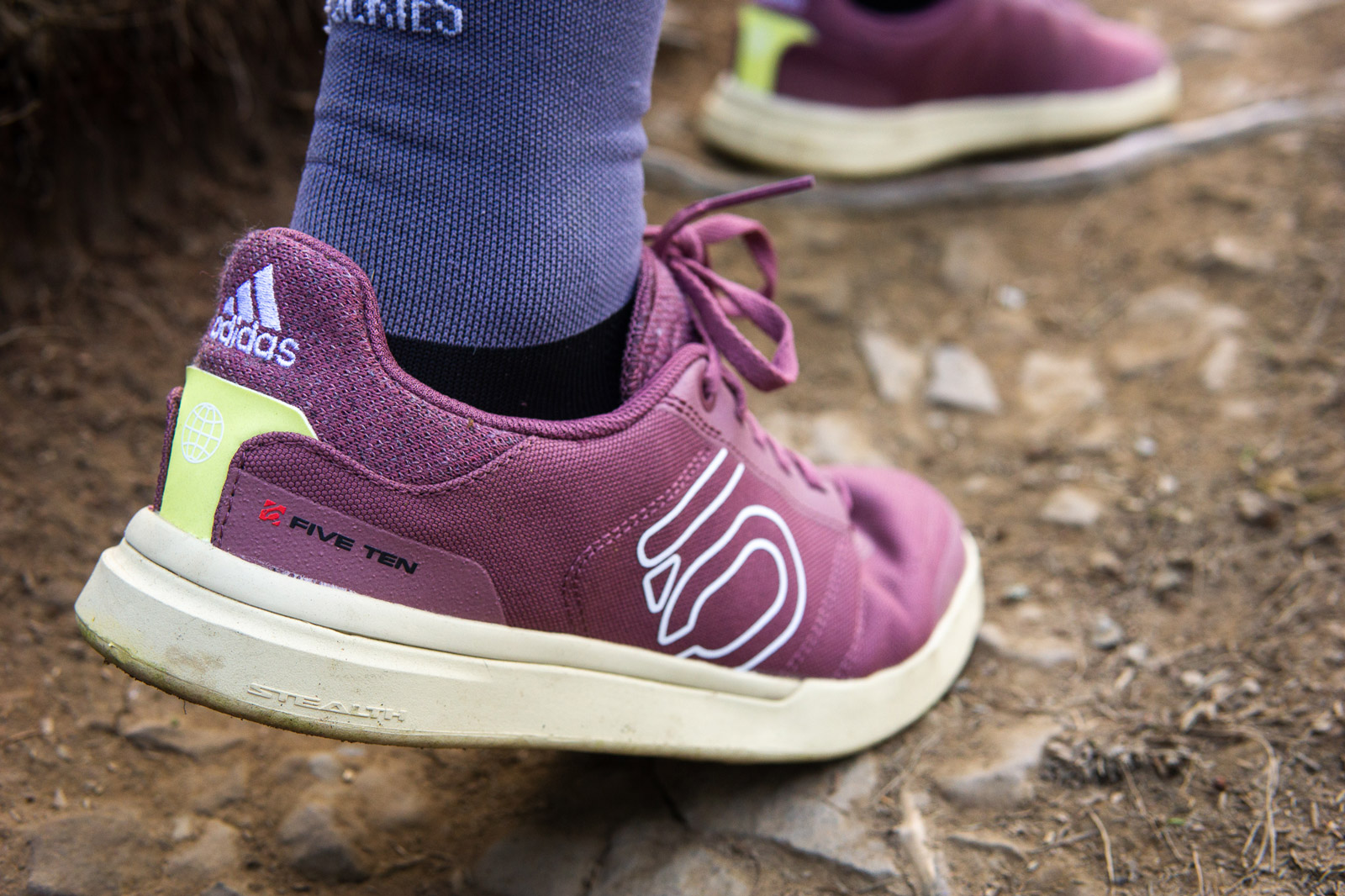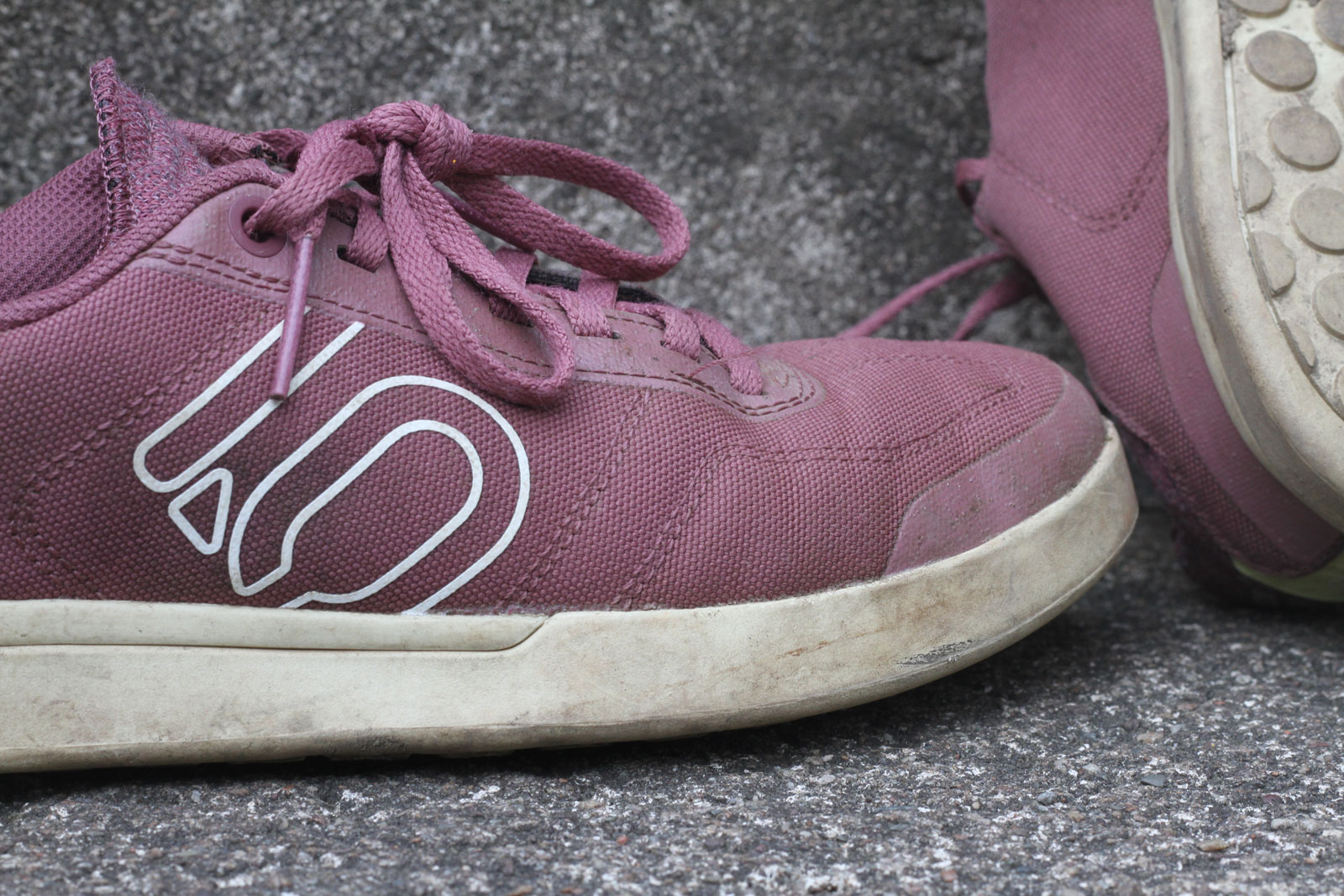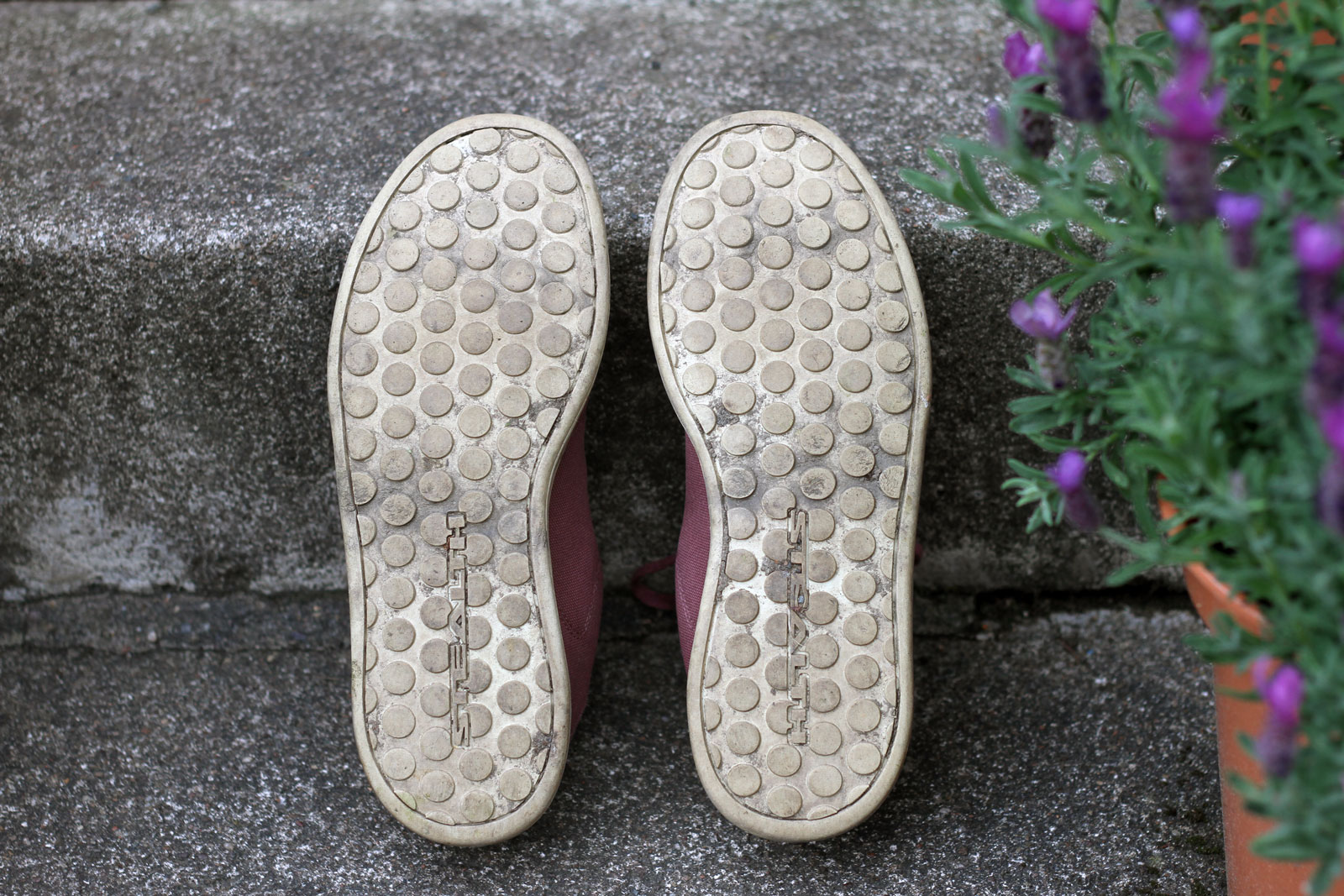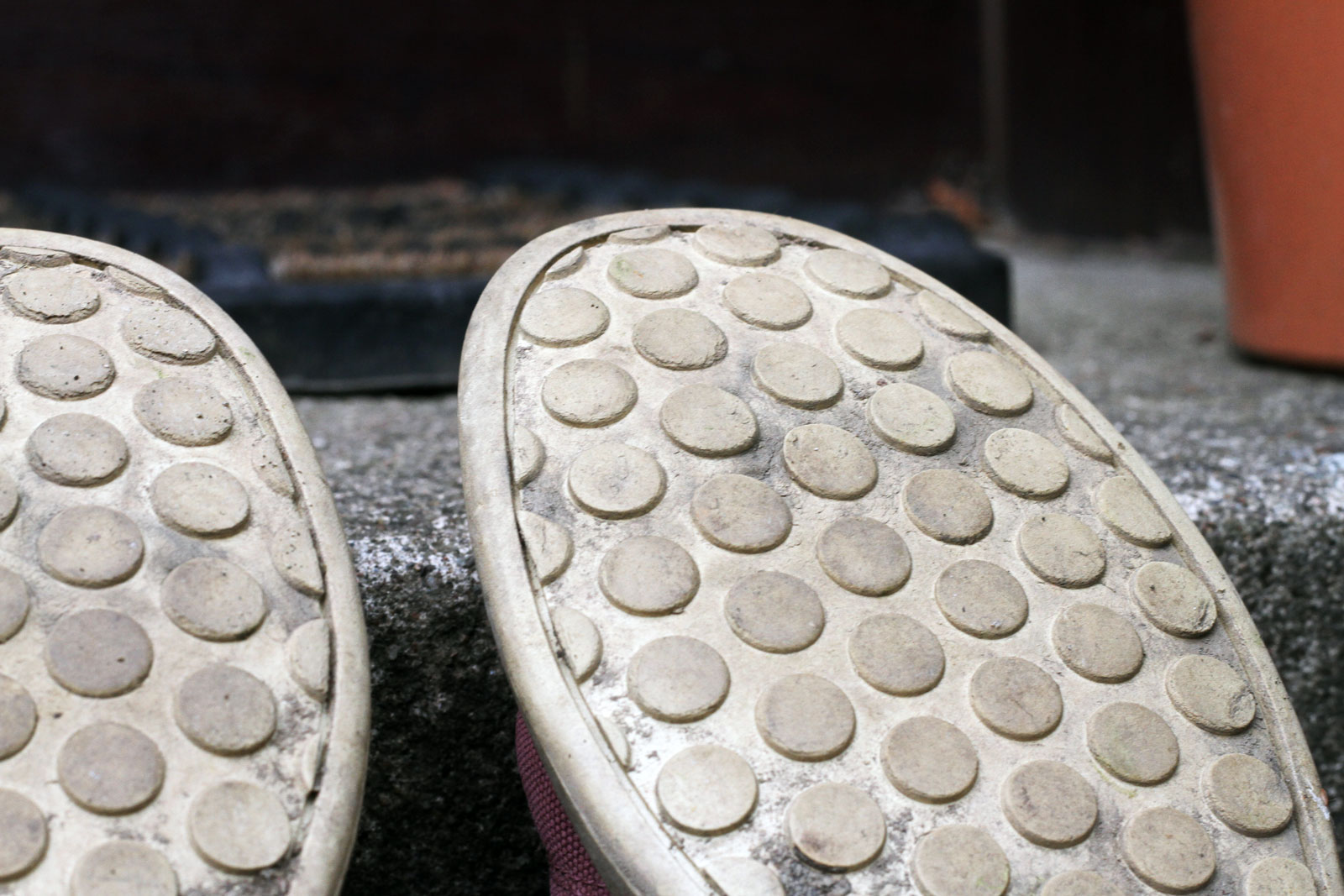Since getting the Five Ten Sleuth DLX Canvas shoes in for testing, I’ve received a number of comments from my riding buddies including, “Did you forget you riding shoes today?”, and “why are you wearing your pub shoes for riding?”. It’s undeniable; they do look supremely casual. But, that doesn’t mean they can’t perform on the trail.
Despite its rather lifestyle-oriented aesthetic, the Sleuth DLX Canvas gets the same 60a durometer Stealth Rubber out-sole you’ll see on the Freerider Classic and Pro Shoes (the non-marking version); its unrivaled tackiness makes Five Ten the market leader in flat pedal mountain bike shoes.
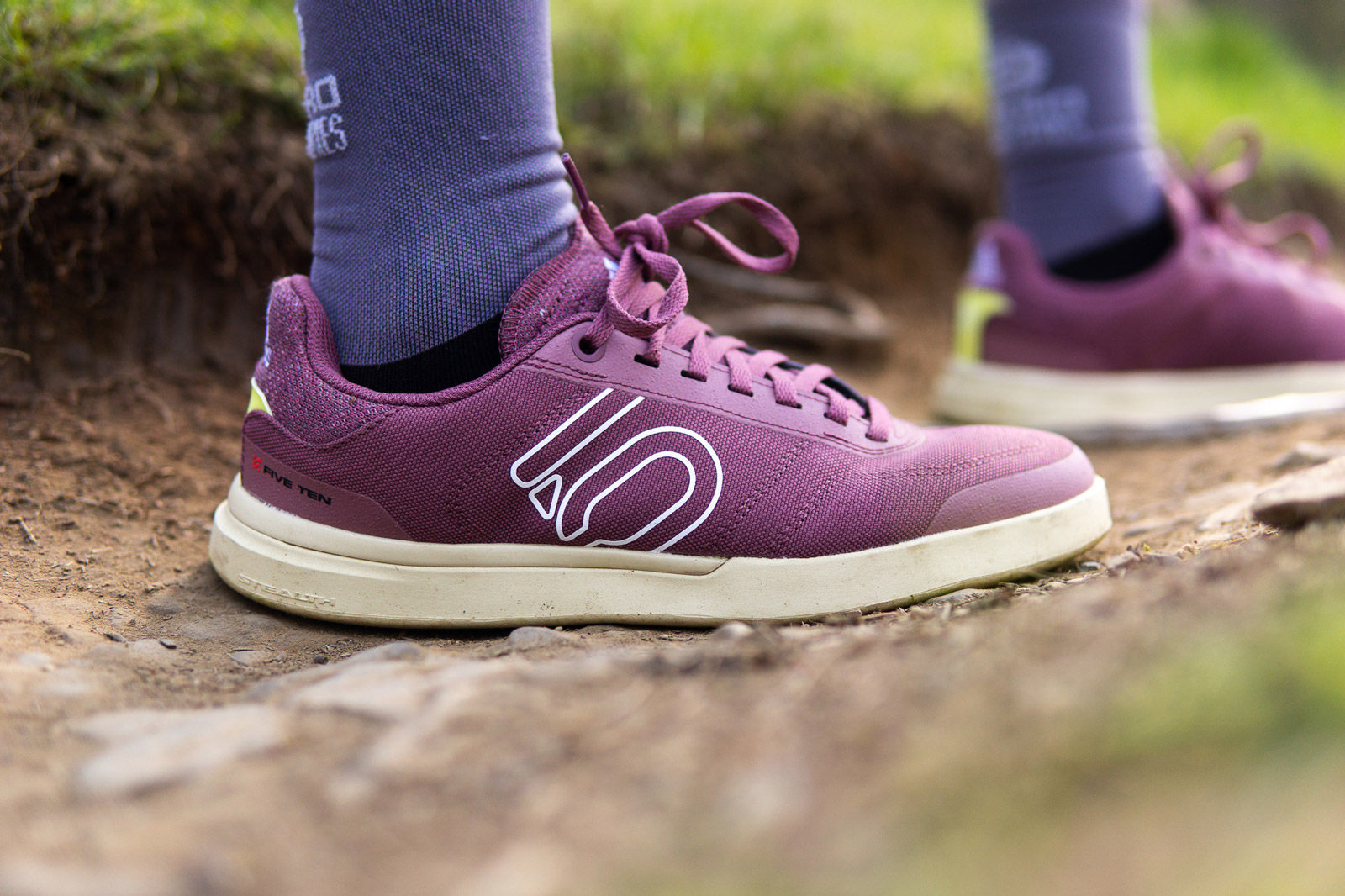
They’ve been in the lineup for quite some time, but this latest version of the DLX Canvas pairs that rubber with an unusual upper material composed of Parley Ocean plastic; up-cycled marine plastic waste recovered via Parley interception and cleanup operations in coastal areas of the Maldives. Making shoes out of Ocean Plastic isn’t going to clean up our marine habitats, but it could help raise awareness of the threat, and get people involved in organised clean ups near them.
I spent the last few dry(er) months in Scotland testing the Five Ten Sleuth DLX Canvas shoes for trail and enduro riding. Here’s how they fared.
Feature Image by Blair Kemp
Review: Five Ten Sleuth DLX Canvas
First off, the Five Ten Sleuth DLX Canvas sizing is a little off with respect to the shoe sizing for other brands. In pretty much every other mountain bike shoe I’ve ever owned, a UK 5 fits perfectly. With the Five Ten TrailCross Gore-Tex Waterproof Shoes I tested over winter, I had to go down to a UK 4.5 for the best fit, and the same is true for the Sleuth DLX Canvas reviewed here.
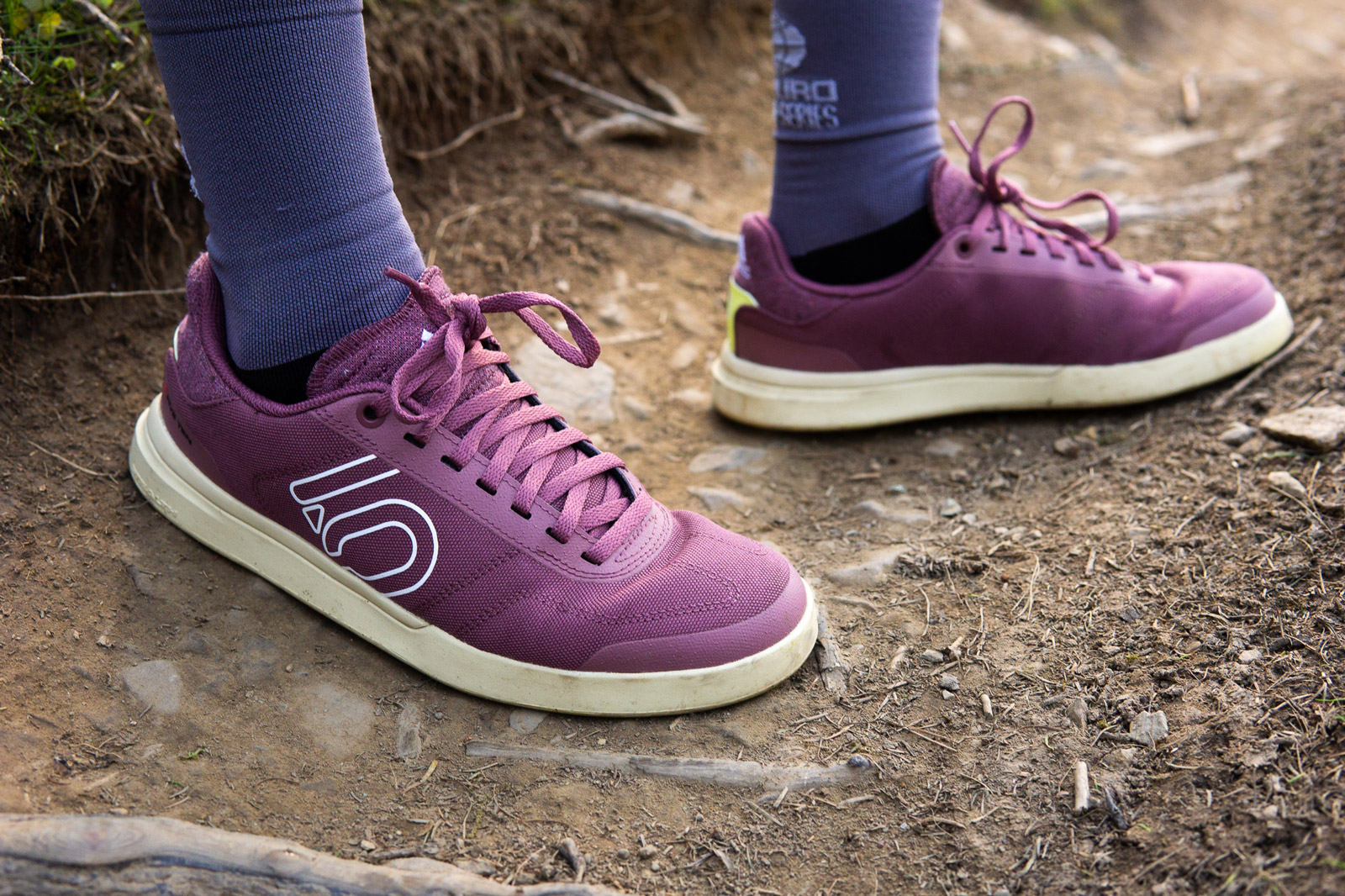
Five Ten do have a sizing guide, however, and you should definitely pay attention to it. A UK 4.5 is the size recommended for my 9″ feet, so the guide is spot on. The Sleuth DLX Canvas is available in UK Sizes 3.5 up to 9.5 (in half size increments). In the US, men’s sizing options run from Size 4-20, and the women’s run from Size 5-15.5.
The DLX Canvas is absurdly comfortable, offering what is probably the most flexible sole of any flat pedal mountain bike shoe on the market. As a lighter rider (60 kg), I am pretty stoked on this. I find a lot of shoes are simply too stiff, and don’t allow the sole to conform to the shape of the pedal as much as I would like; examples include older generations of Ride Concepts shoes, and Endura’s MT500 Burner Flats (good rubber, though) and the Specialized 2FO DH (great rubber, though).

I paired the Sleuth DLX Canvas with the Pinnd CS2 pedals, with the four central pins removed. This gives the pedal quite a significant concavity with respect to the top of the pins sat along the front and rear edges, and the central axle. The shoe is able to flex enough to fill that concavity, and I can feel my toes flex the shoe further over the front row of pins.
While that sounds supremely uncomfortable, I can assure you it is not. I had been concerned that the super flexible sole might lead to some discomfort and the appearance of pressure points on the bottom of my foot. Over a 40 km day in the saddle with 1500 meters of elevation gain and six rough enduro stages, my feet remained very comfortable throughout. And, most importantly, they stayed on the pedals.
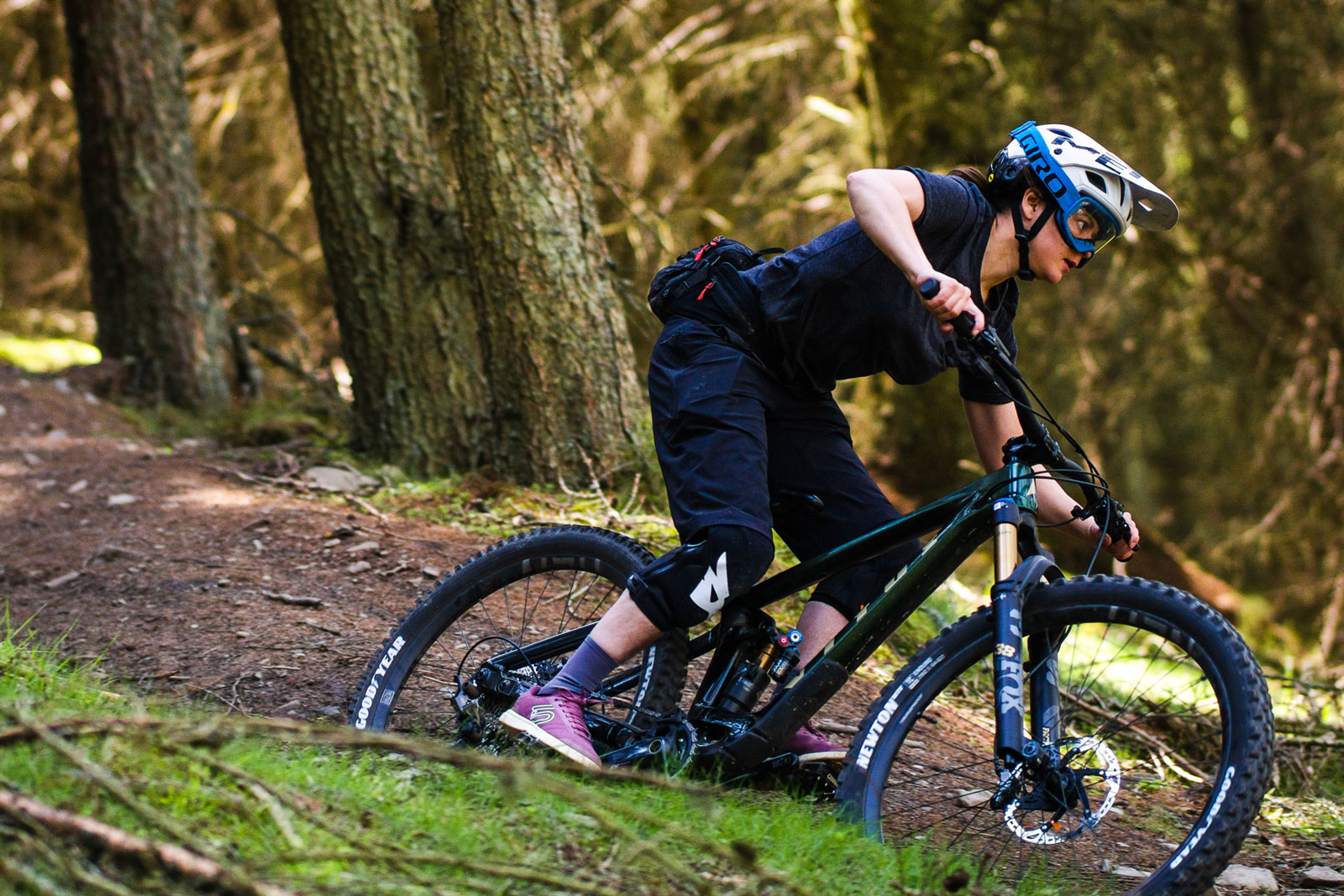
The shoe-pedal connection is second to none. While the friction offered up by the Stealth Rubber is partly responsible, I feel the flex of the shoe plays a huge role, too. I have always preferred a shoe with a bit of flex in the sole, as I feel it gives me more information about how the bike is riding. That feedback is enhanced on the Sleuth DLX Canvas, and I think that’s great.
For heavier riders, I’d be concerned the Sleuth DLX Canvas could be too flexible, and may not be able to offer the support they’re looking for from a mountain bike shoe.
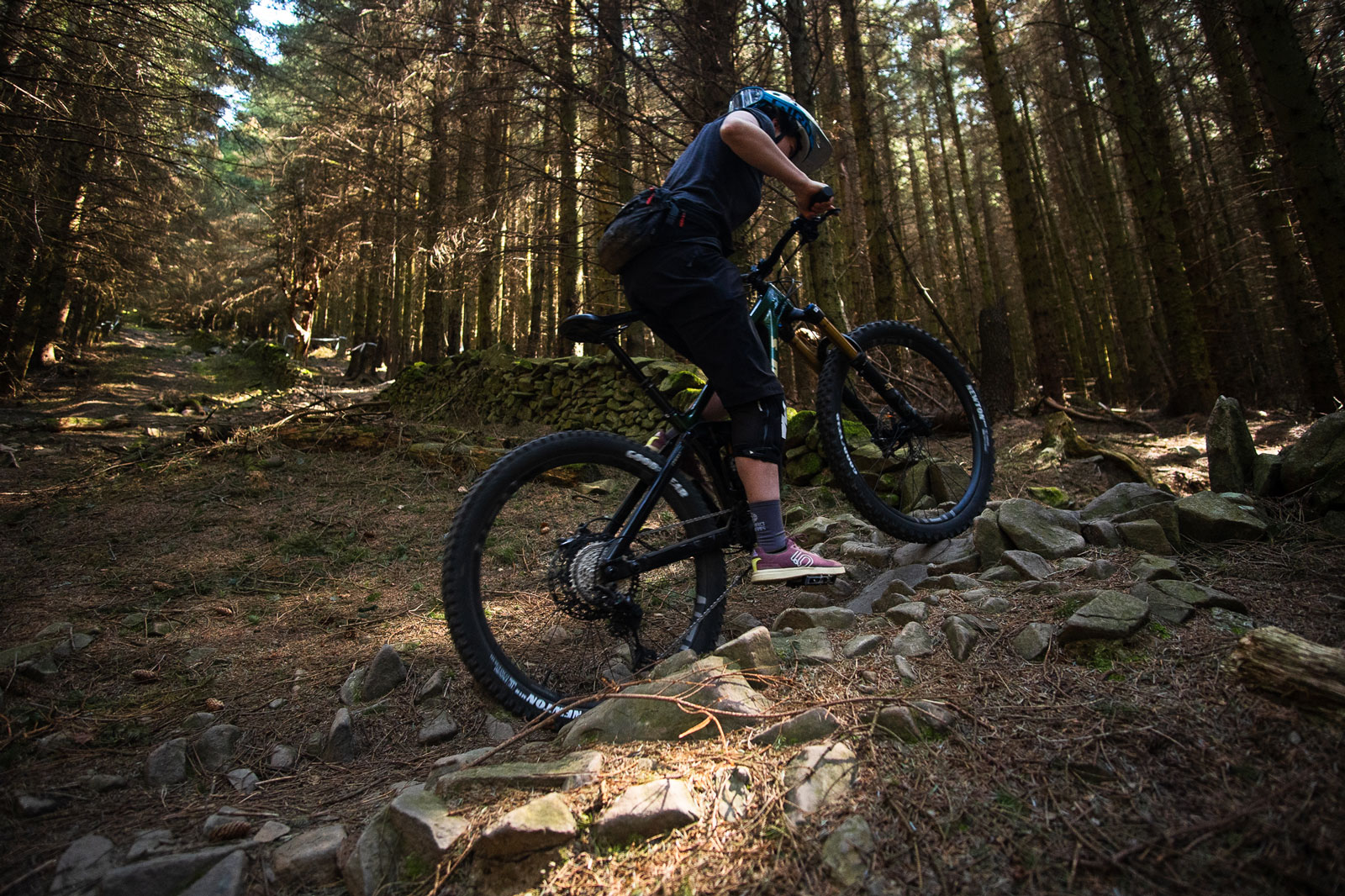
An area where the shoe really is lacking is protection. There’s nothing in the way of toe protection to oncoming stump or rock strikes, and it does leave me feeling a bit vulnerable in that regard. That said, this is clearly a shoe that is trying to bridge the gap between trail riding and the casual vibes of a post-ride watering hole, so to add a reinforcement around the toe box would likely impinge upon that aesthetic (and likely make the shoe a little stiffer).
Another thing I’ve noticed about the Sleuth DLX Canvas is that they are not as breathable as I feel a canvas shoe should be. I am no materials scientist, but I do wonder whether the inclusion of plastic in the upper gives the shoe a greater tendency to hold onto moisture. These shoes do actually make my feet smell more than other mountain bike shoes I wear on a regular basis (like the Specialized RIME).
The Sleuth DLX Canvas isn’t the most weatherproof or durable flat pedal MTB Shoe going. For that reason, I have chosen only to wear them when the trails are primarily dry and dusty. I’ve done a fair bot of walking about town in these, too (not that you’re meant to), mainly because they are so comfortable and they’ve got a super casual vibe about them. Given how easily the shoe flexes when walking, I’ve been impressed with how well the upper material is holding up. The material in that articulation zone near the toes isn’t yet showing any sign of wear.
Wear on the sole is evident, however. You can see very clearly the abuse served up by the pedal pins. The round lugs of the “dotty” out-sole do a good job of preventing them from tearing, and of locking the pedal pins in for a secure connection, but the areas in between the gaps are showing signs of significant wear after around 2 months of regular riding. That said, the consistency of the shoe-pedal connection doesn’t seem to have deteriorated at all.
Five Ten Sleuth DLX Canvas in Summary
Pros:
- Grippy Rubber
- Flexible Sole
- Best shoe-pedal connection yet
- Casual Aesthetic
- Upper made with some recycled Ocean Plastic
Cons:
- Lacking toe protection
- Sole durability could be better
- Not very breathable
Pricing & Availability
The Five Ten Sleuth DLX Canvas flat pedal mountain bike shoes retail at £110 or $110 USD.
